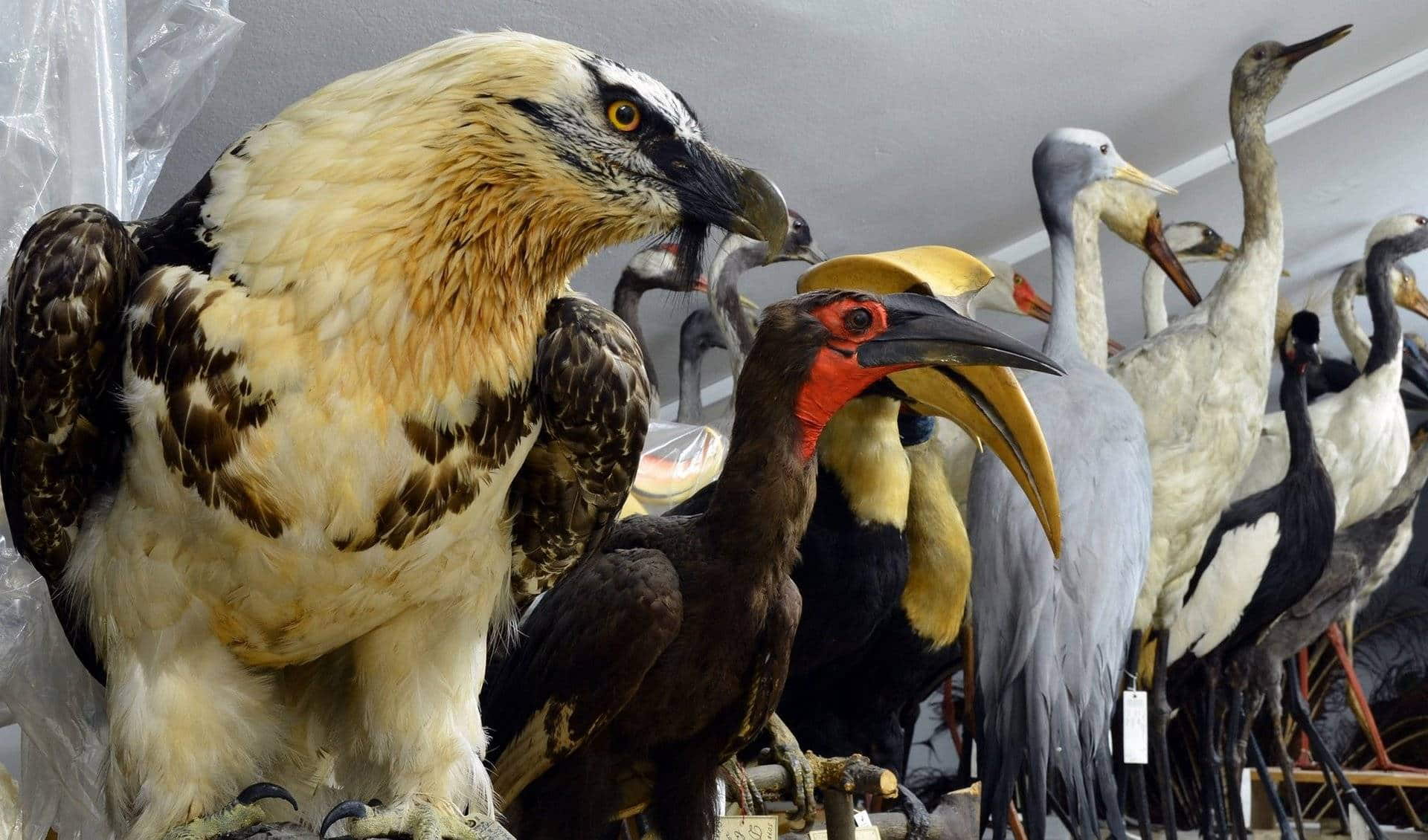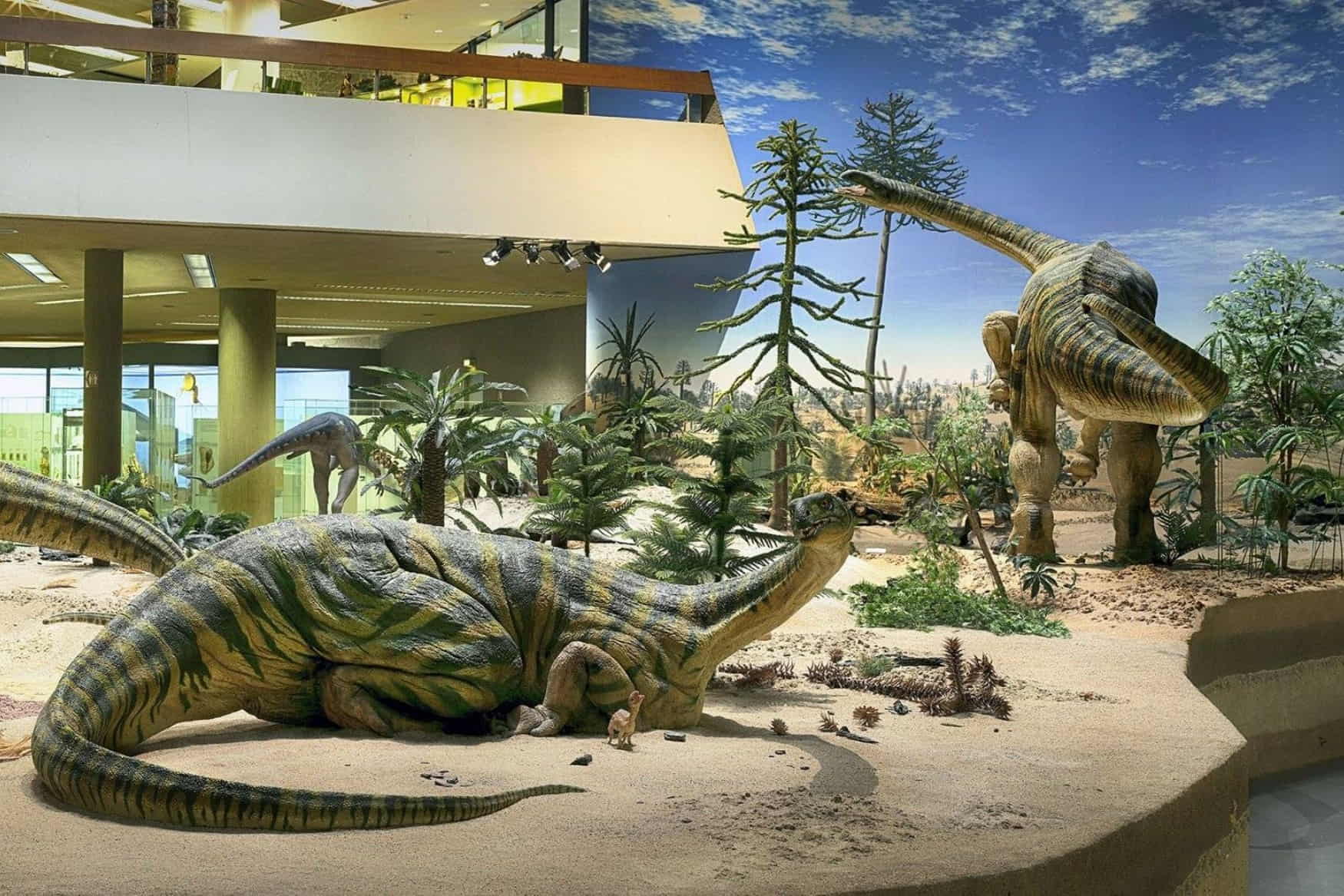The Stuttgart State Museum of Natural History is one of Germany's largest and most significant natural history museums. Housing an impressive collection of about 12 million objects, this institution offers visitors a captivating journey through Earth's history and biodiversity. Located in Stuttgart's Rosenstein Park, the museum spans two distinct buildings: the Museum am Löwentor, dedicated to paleontology and geology, and Schloss Rosenstein, focusing on biology and natural history. With its extensive exhibits, cutting-edge research facilities, and engaging displays, the Stuttgart State Museum of Natural History promises an enlightening experience for science enthusiasts and curious minds alike.
Highlights
- Extensive fossil collection, including dinosaurs and prehistoric marine life
- Biodiversity exhibits showcasing local and global flora and fauna
- Special exhibitions like "Rock Fossils" featuring heavy music-inspired fossils
Contents
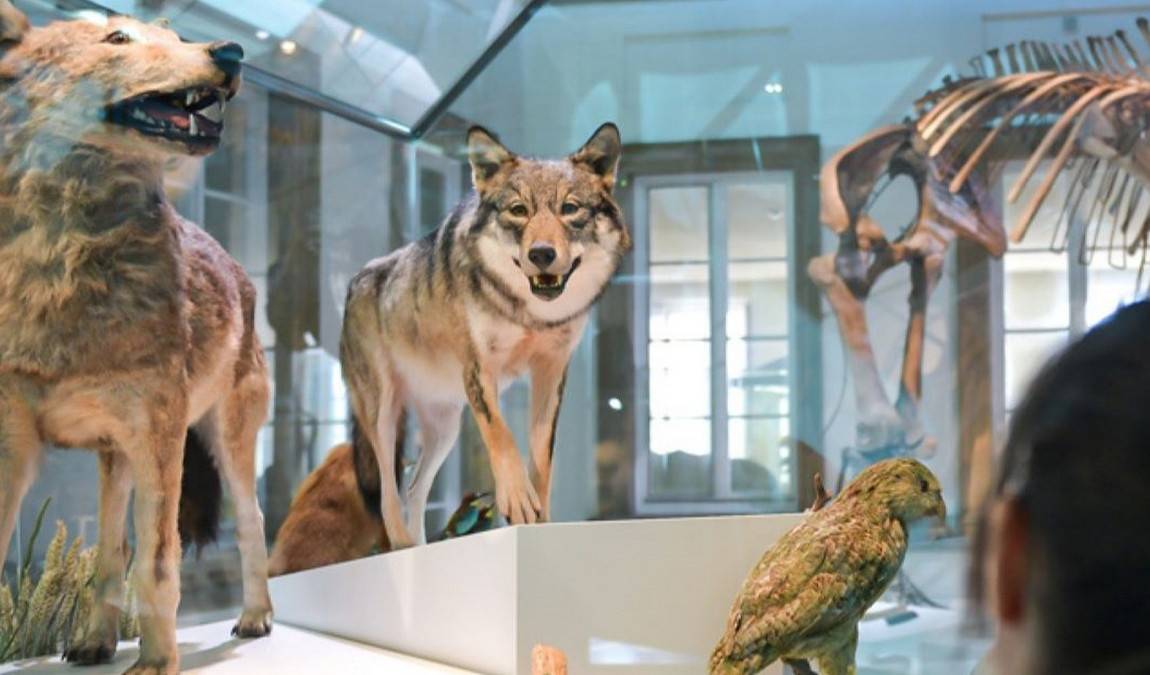 Photo: naturkundemuseum-bw.de
Photo: naturkundemuseum-bw.de
Here is Why Your Kids Will Find it Interesting
The Stuttgart State Museum of Natural History's impressive displays will captivate children of all ages. The museum's dinosaur exhibits excite young paleontology enthusiasts, including the early prosauropod Plateosaurus. Interactive displays and hands-on activities throughout the museum engage kids in learning about natural history. Stuttgart State Museum of Natural History is worth visiting with kids because it brings science to life, allowing them to explore everything from tiny insects to massive prehistoric creatures.
Family-friendly Features
- Interactive displays and hands-on activities for children
- Guided tours tailored for families
- Special events and workshops during school holidays
History and Collections
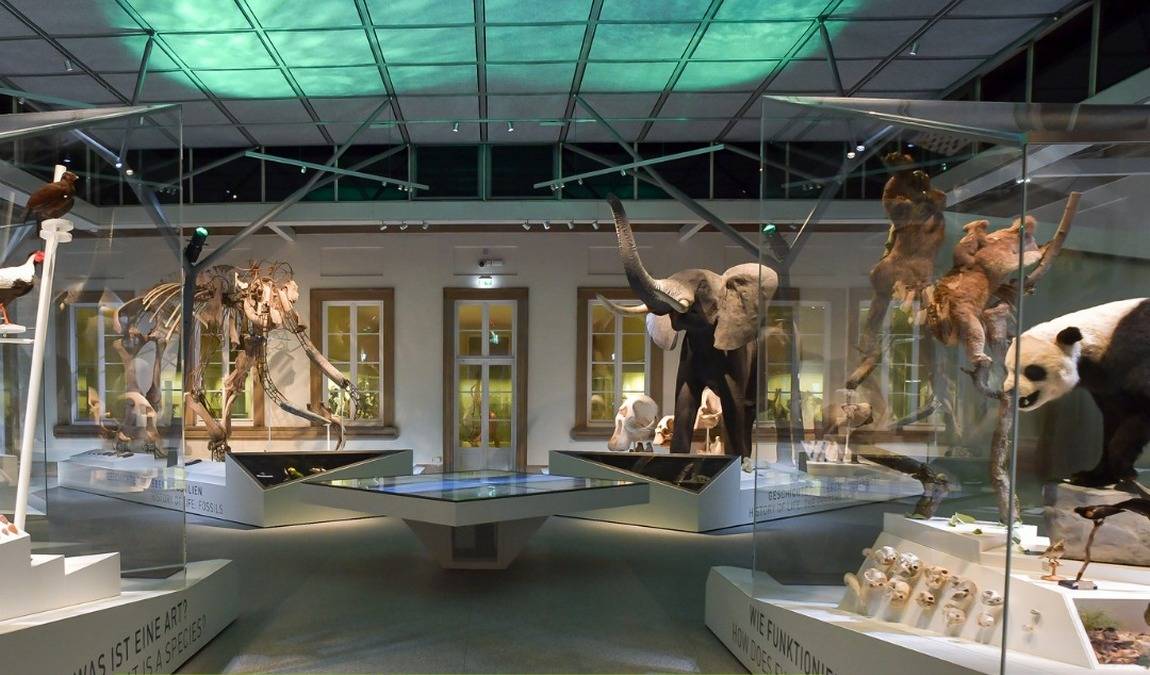 Photo: facebook.com/SMNStuttgart
Photo: facebook.com/SMNStuttgart
The museum's roots date back to the 16th century, when it was founded as the Kunst—und Naturalienkabinett, a collection of art and curiosities belonging to the dukes of Württemberg. Today, the museum houses approximately 12 million objects, making it one of Germany's largest natural history collections [5].
Key collection areas include:
- Paleontology: 4.1 million fossils
- Geology: 40,000 minerals
- Botany: 1 million plants
- Zoology: 4.5 million insects, 1 million mollusks, 500,000 vertebrates
The museum also boasts 9,600 type specimens, crucial for taxonomic research[5].
Exhibition Highlights
Paleontology at Museum am Löwentor
 Photo: naturkundemuseum-bw.de
Photo: naturkundemuseum-bw.de
The Museum am Löwentor showcases an impressive array of fossils, primarily from Baden-Württemberg and other German localities. Key exhibits include:
- Early prosauropod dinosaur Plateosaurus
- Terrestrial animals from the Lower and Upper Triassic
- Marine fossils from the Muschelkalk
- Ichthyosaurs, pliosaurs, and plesiosaurs from the Posidonia Shale
- Jurassic ammonites and other invertebrates
- Cenozoic vertebrates, including a Pleistocene elephant
- Skull of Homo steinheimensis
The museum also features a remarkable collection of plant and animal fossils preserved in amber[4].
Biology and Ecology at Schloss Rosenstein
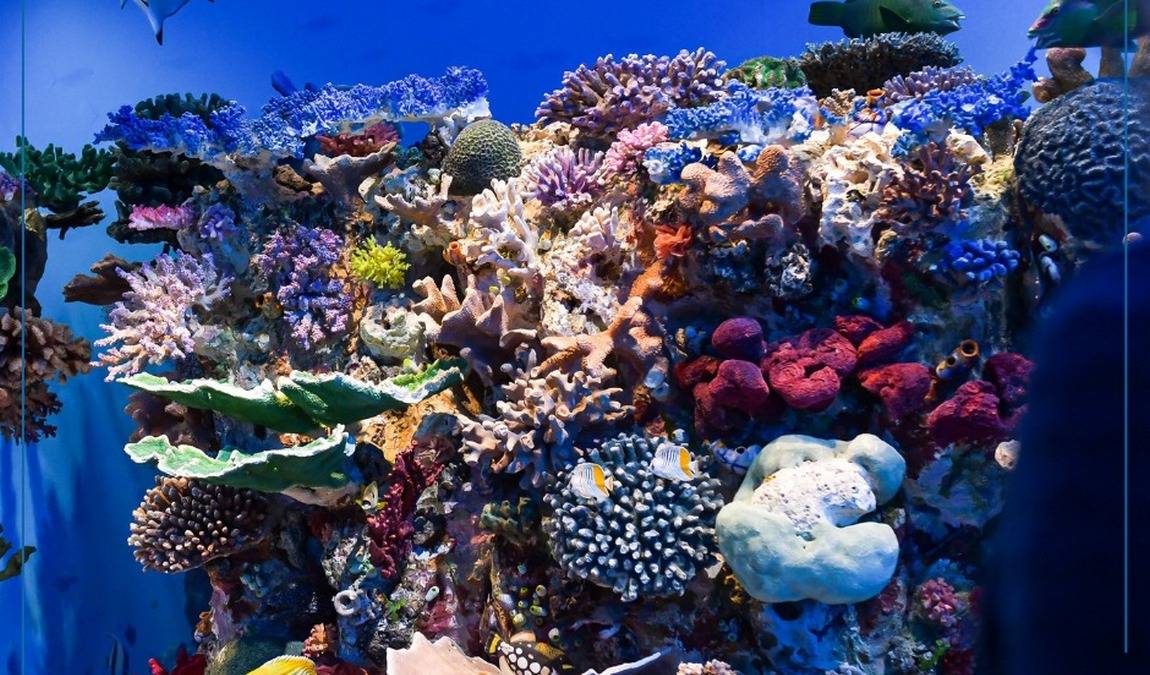 Photo: facebook.com/SMNStuttgart
Photo: facebook.com/SMNStuttgart
Schloss Rosenstein houses the museum's biological exhibits, which focus on local and global flora and fauna, ecological relationships, biodiversity, and species evolution and adaptation.
Rosenstein Park is 700 meters away and is also worth a visit with children.
Biodiversity Exhibits
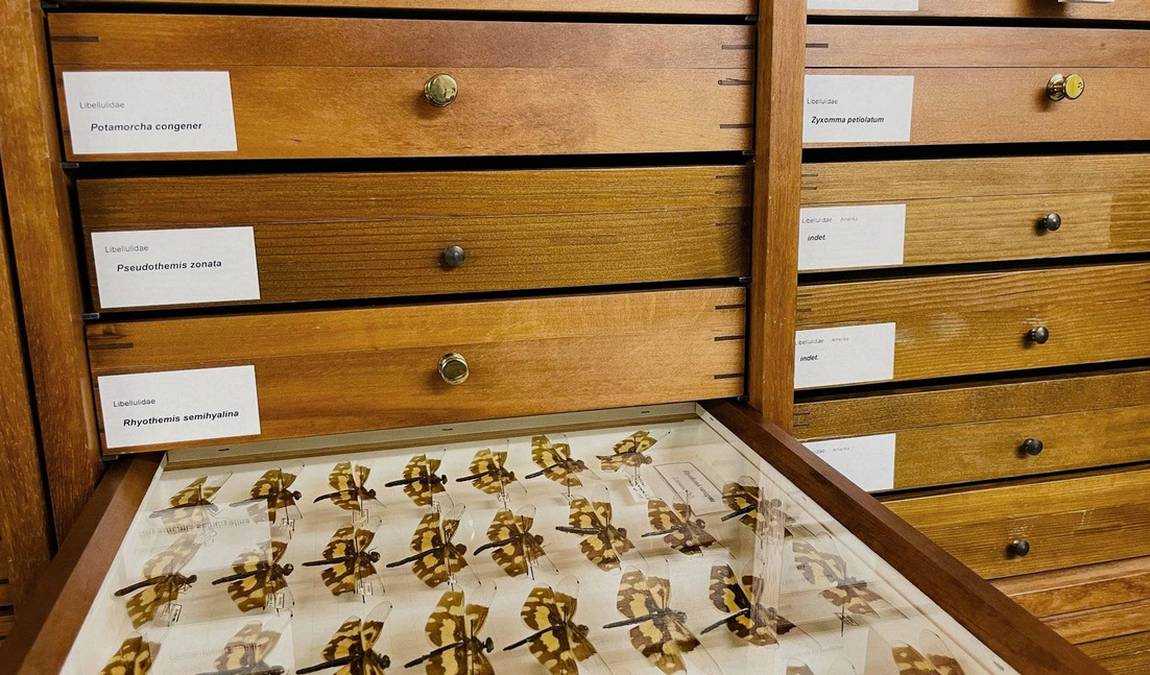 Photo: naturkundemuseum-bw.de
Photo: naturkundemuseum-bw.de
The museum's biodiversity exhibits showcase the rich variety of life on Earth, featuring:
- Extensive insect collections
- Displays of local and exotic plants
- Vertebrate specimens from various habitats
Current and Upcoming Special Exhibitions
- "Rock Fossils": Running from December 16, 2023, to October 13, 2024, this exhibition at Museum am Löwentor features fossils named after heavy music stars, combining paleontology with rock and roll[2].
- "Tönende Tiere" (Sounding Animals): Scheduled from March 2 to September 8, 2024, at Schloss Rosenstein, this special exhibition explores biodiversity through sound[2].
Research and Scientific Importance
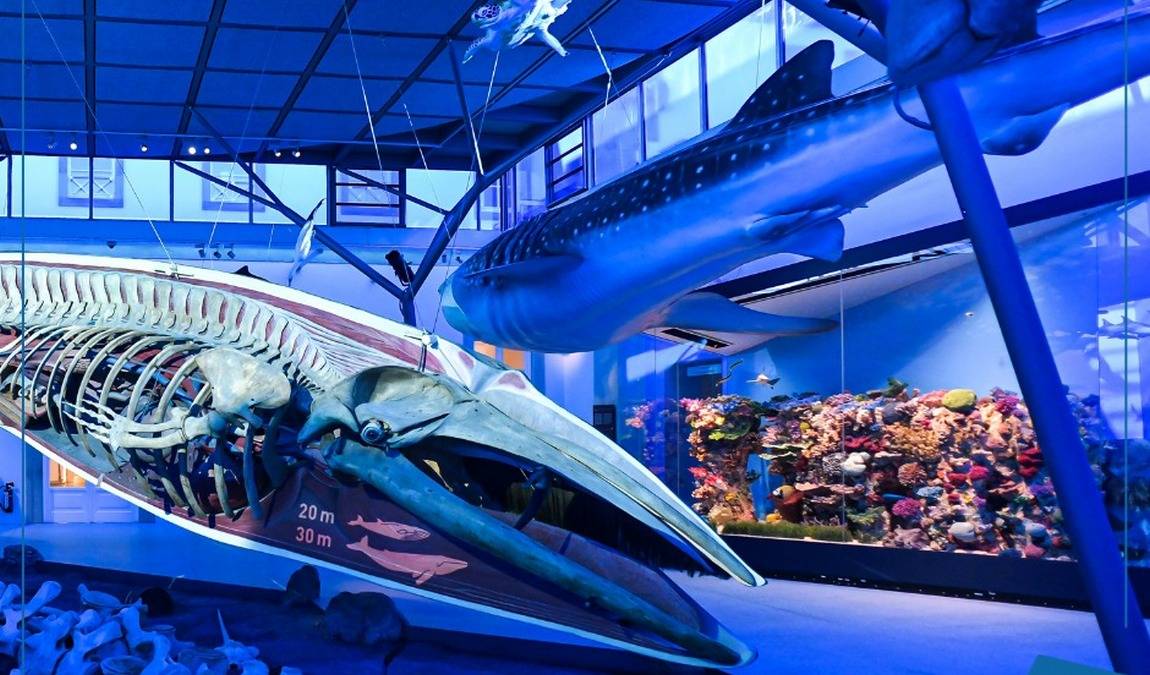 Photo: naturkundemuseum-bw.de
Photo: naturkundemuseum-bw.de
The Stuttgart State Museum of Natural History is not just an exhibition space but also a significant research institution. Its focus on the evolution of organisms and habitats drives various scientific endeavors:
- Key research areas: paleontology, geology, botany, entomology, and zoology
- Scientific facilities include:
- Molecular systematics laboratory
- Palaeontological preparation facilities
- Amber processing lab
- Microscopy equipment, including scanning electron microscopes
The museum collaborates with international researchers, hosting 150-200 guest scientists annually. Its extensive database system contains data on over 1 million specimens, including all types, facilitating global scientific research.
Best Time to Visit
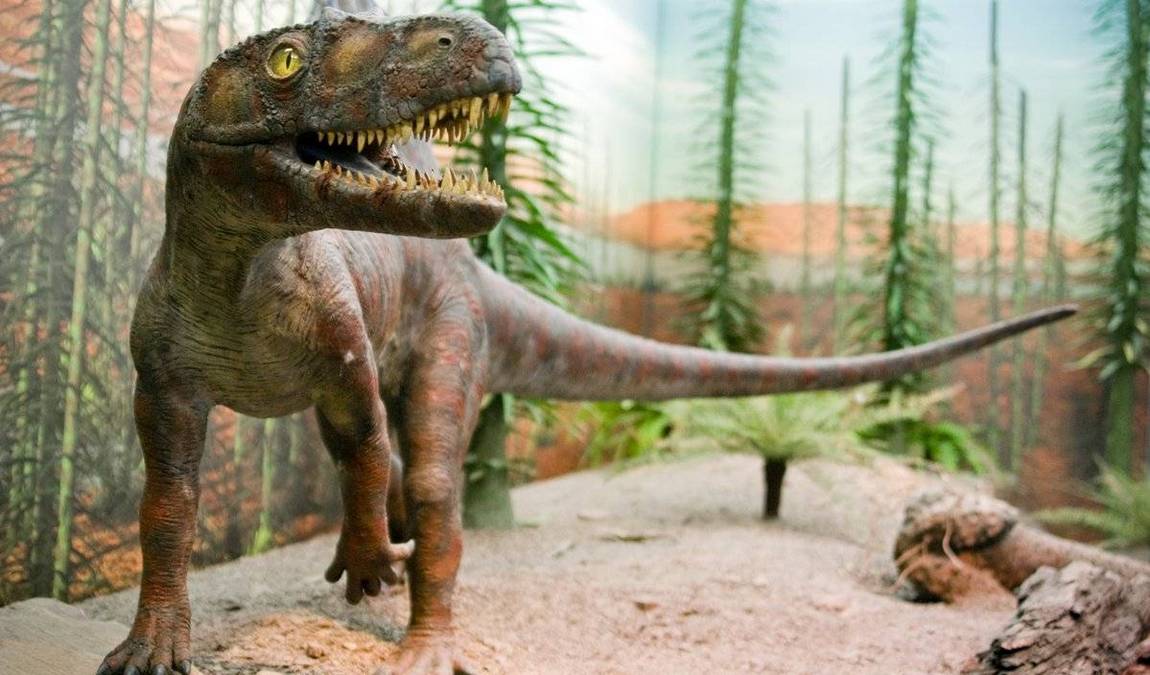 Photo: naturkundemuseum-bw.de
Photo: naturkundemuseum-bw.de
The best time to visit with children is during weekends or school holidays when special programs are often offered. Weekday mornings tend to be less crowded. The museum is open Tuesday through Friday from 9:00 to 17:00 and on weekends and holidays from 10:00 to 18:00.
Recommended Duration: A typical visit lasts 2-3 hours, but enthusiastic visitors may spend a whole day exploring both buildings.
Our Resume
The Stuttgart State Museum of Natural History offers a comprehensive journey through Earth's history and biodiversity. Its vast collections, engaging exhibits, and significant research contributions provide an educational and entertaining experience for visitors of all ages. From prehistoric fossils to modern-day flora and fauna, the museum showcases the wonders of the natural world in an accessible and fascinating manner.


